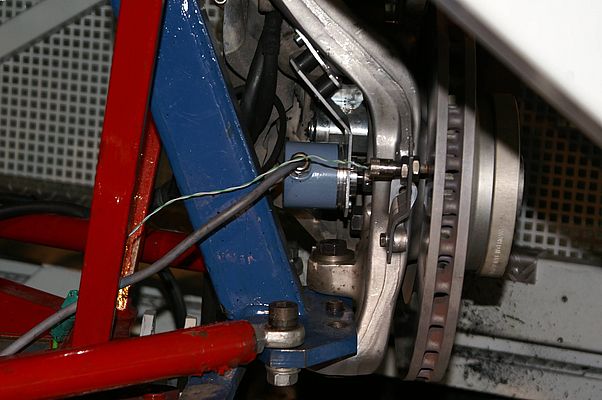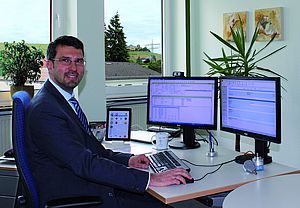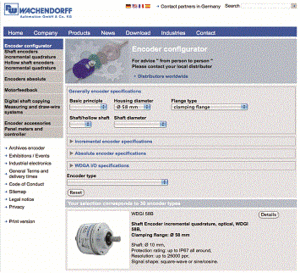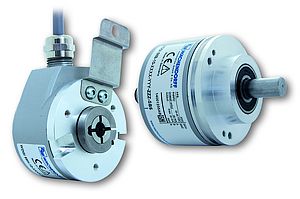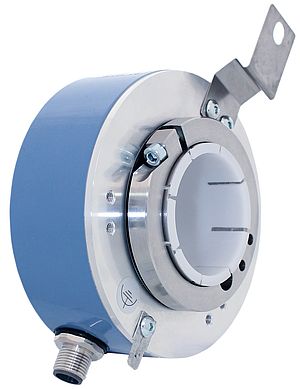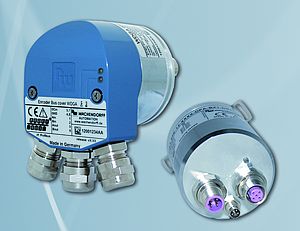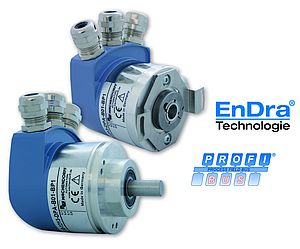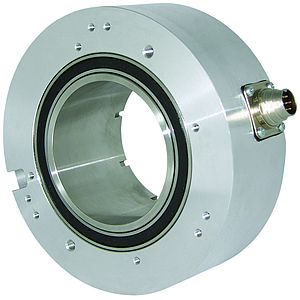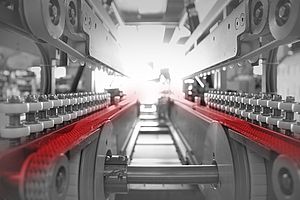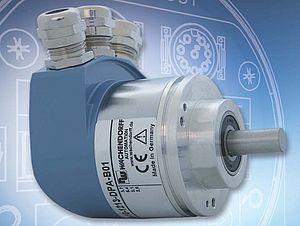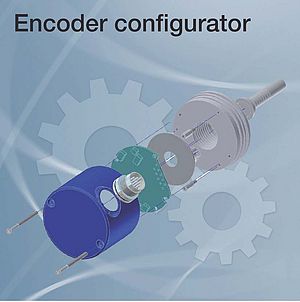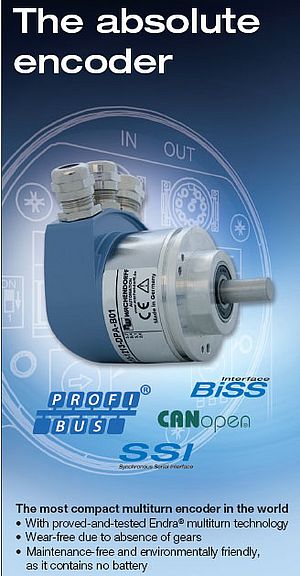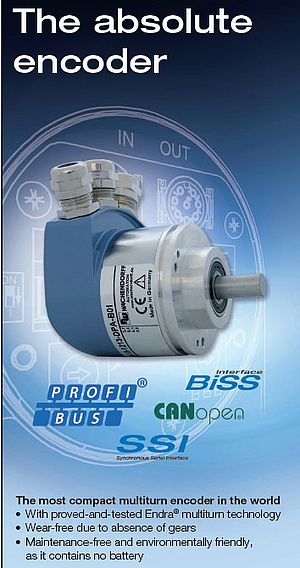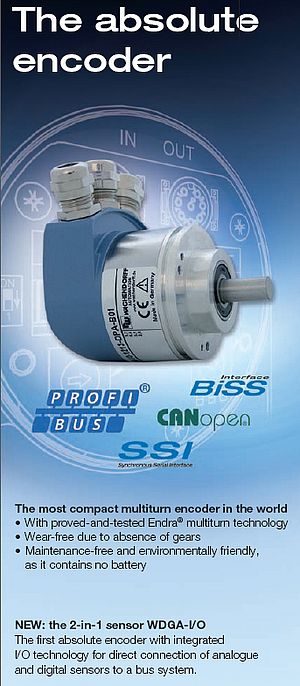Recently developed brakes and wheel suspensions are being checked on the vehicle test rigs at the Bingen University of Applied Sciences. Wachendorff encoders ensure accurate measurement results.
The Bingen University of Applied Sciences lies in an idyllic location close to the vineyards. This small locality by the Rhine was already a wine trading town in Roman times and was made world famous thanks to Hildegard of Bingen. But is not only picturesque side streets and cosy wine taverns that Bingen offers; the local university houses a unique state-of-the-art vehicle test rig.
The test rig was developed by Professor Dr. Ing. Rüdiger Tiemann, who teaches here in the automotive engineering faculty. Thanks to the services it provides to the automobile industry, the department has ensured that it has a strong capital base and is thus able to offer its students outstanding equipment. Two scientific members of staff carry out function tests on behalf of industry and check new wheel suspensions or brakes under the toughest conditions.
The test rig consists of a moving belt below that simulates the speed of the vehicle. A system incorporating a spring and shock-absorber represents the mass that acts upon the wheel, the latter being mounted on the table by means of a wheel suspension. In addition, an eccentric table simulates unevenness in the road surface. This results in a load as occurs on normal roads - but which is always the same, in contrast to the tests carried out on actual road surfaces. Forces arising both laterally and longitudinally are individually measured and even when the vehicle lifts off from the road this is measured. The complete table is computerised and all the parameters are logged. This means for example that the descent from the Grossglockner can be simulated via the software and the brakes checked to ensure they can withstand the extreme conditions. It is even possible here to replicate various driver braking patterns such as careful or sporty driving characteristics. The calculated measurement values are strictly comparable - in contrast to real-life conditions, where deviations in the driver's behaviour or the weather can arise.
Wachendorff encoders play an important part in these measurements. One encoder was installed in place of the drive shaft and measures the exact speed of rotation and thus the wheel speed, which does not necessarily have to correspond to the vehicle speed measured on the moving belt. Differences can arise due to wheel slippage and an exact measurement of both values provides important information concerning the performance of the brakes and their reaction times. A second Wachendorff encoder is employed to give the speed of the electric drive. A further Wachendorff encoder is located on the eccentric table, where it measures the frequency of the vertical excitation.
"We use Wachendorff encoders, because they are the most rugged", said Christoph Kalina, who assists Prof. Tiemann with the tests. The incremental encoders from Wachendorff work on the basis of non-contact optical scanning. The light from a high-performance LED is aligned in parallel by means of a lens and shines through a lens aperture and pulse disc that is mounted on a stainless-steel shaft. When the shaft rotates the light falls on the detection transistor, as if through a grid - the difference between light and dark is then transformed into highly precise signals which generate industrially usable pulses. The mechanics, optical track and the electronics in Wachendorff encoders are all of equally high quality and combine to provide extremely accurate results. For easier maintenance the majority of models come with an early-warning output; this indicates that the efficiency of the LED is falling but then still gives over 1000 more hours of operation before failure, allowing ample time for servicing the device.
A special grease ensures that the encoders function smoothly even at high temperatures and high speeds. All shafts have double, backlash-free bearings with the maximum possible distance between the bearings. This ensures that the Wachendorff encoders obtain maximum long-term load capacity, as well as passing with flying colours the tests performed at Bingen, namely those for speed, endurance and vibrations, all under extremely difficult conditions.


